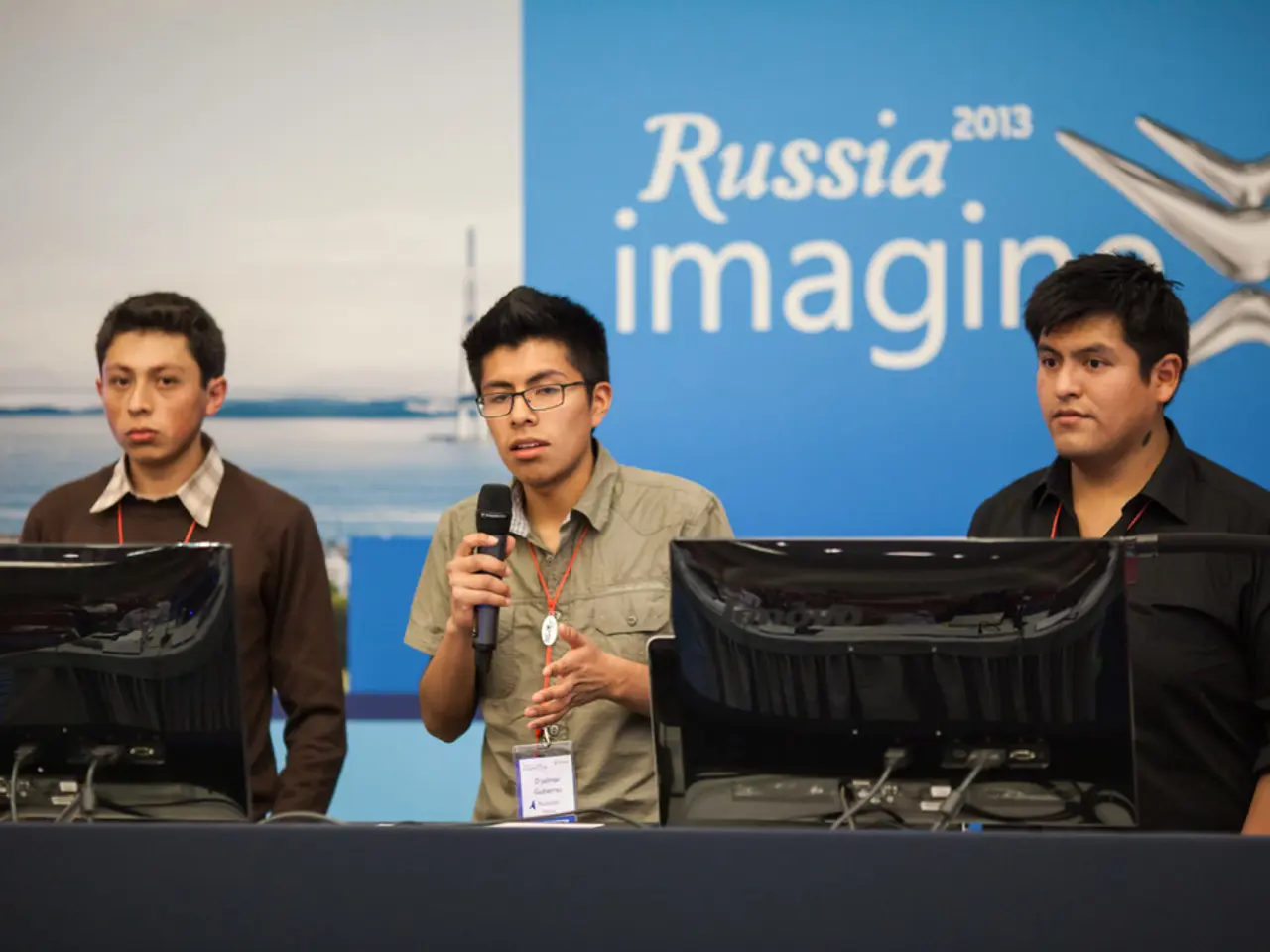Expiration of contract for crucial CISA cybersecurity threat review tasks
In a recent development, the funding agreement for Lawrence Livermore National Laboratory's (LLNL) support for the CyberSentry program under the Cybersecurity and Infrastructure Security Agency (CISA) has expired, causing a temporary halt in LLNL's threat detection operations. However, CISA maintains that the program remains fully operational [1][3].
The CyberSentry program is a critical initiative that combines research with real-time network data to identify threats in current infrastructure. LLNL's role in the program is significant, with analysts developing advanced analytics to monitor and hunt for threats on partner organizations' networks [2].
The funding disruption arose due to slowed contract review and approval processes involving the Department of Homeland Security (DHS) and the Department of Energy (DOE), both of which must sign off on the renewal. This delay is a result of new policies initiated during the Trump administration [1].
Without funding, LLNL is unable to operate, and the lab-based threat hunting has ceased. This creates a potential blind spot in the program’s threat detection capabilities, as the sophisticated analysis done by LLNL cannot continue until the contract is renewed [3][5].
CISA asserts that the program remains operational, with analysts outside LLNL continuing to review the sensor data to maintain monitoring activities. Nonetheless, experts highlight that stable funding agreements and streamlined contract management are critical to sustain seamless cooperation between government agencies and national laboratories to protect national cybersecurity infrastructure [1].
The loss of LLNL's support under the CyberSentry program is a "significant loss" according to LLNL's Director of the National Security Engineering Center, Butch Gleason, as it provides unique insights into real-world threats [4].
It's worth noting that CISA routinely reviews all agreements and contracts that support its programs to ensure mission alignment and responsible investment of taxpayer dollars [1]. The ongoing review of CISA's agreement with LLNL is part of this routine practice.
The turbulence at CISA has also impacted its contracting, including a recent last-minute extension of the Common Vulnerabilities and Exposures (CVE) program's funding [1].
In conclusion, the CyberSentry funding arrangement with LLNL is currently in a lapse pending renewal approvals by DHS and DOE, which has temporarily stopped LLNL’s threat analysis work but has not fully halted the CyberSentry monitoring operations performed outside the lab [1][3]. The situation underscores the importance of stable funding and efficient contract management for the protection of national cybersecurity infrastructure.
[1] https://www.nextgov.com/cybersecurity/2025/07/cisas-cybersentry-program-faces-temporary-halt-funding-lapse/421425/ [2] https://www.nextgov.com/cybersecurity/2021/06/cisas-cybersentry-program-aims-protect-critical-infrastructure-ai-driven-threat-analysis/173887/ [3] https://www.nextgov.com/cybersecurity/2025/07/cisas-cybersentry-program-loses-key-partner-lack-funding/421426/ [4] https://www.nextgov.com/cybersecurity/2025/07/llnl-director-calls-cybersentry-loss-significant/421427/ [5] https://www.nextgov.com/cybersecurity/2025/07/llnl-cybersentry-funding-lapse-leaves-national-critical-infrastructure-vulnerable/421428/
- The temporary halt in Lawrence Livermore National Laboratory's (LLNL) threat detection operations, triggered by the expiration of the CyberSentry program's funding agreement, has pointed to the need for a reimagined federal workforce that can address the challenges of modern financial and technology-driven cybersecurity.
- To ensure the seamless cooperation between government agencies and national laboratories for the protection of national cybersecurity infrastructure, it is essential that the workforce be reimagined to include streamlined contract management and the capacity to secure stable funding agreements for critical initiatives like the CyberSentry program.




